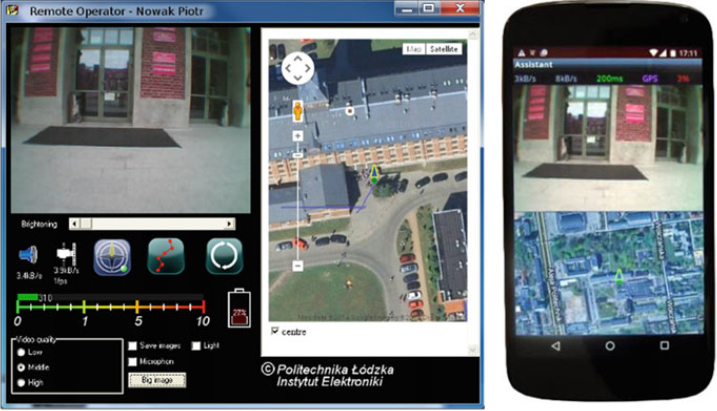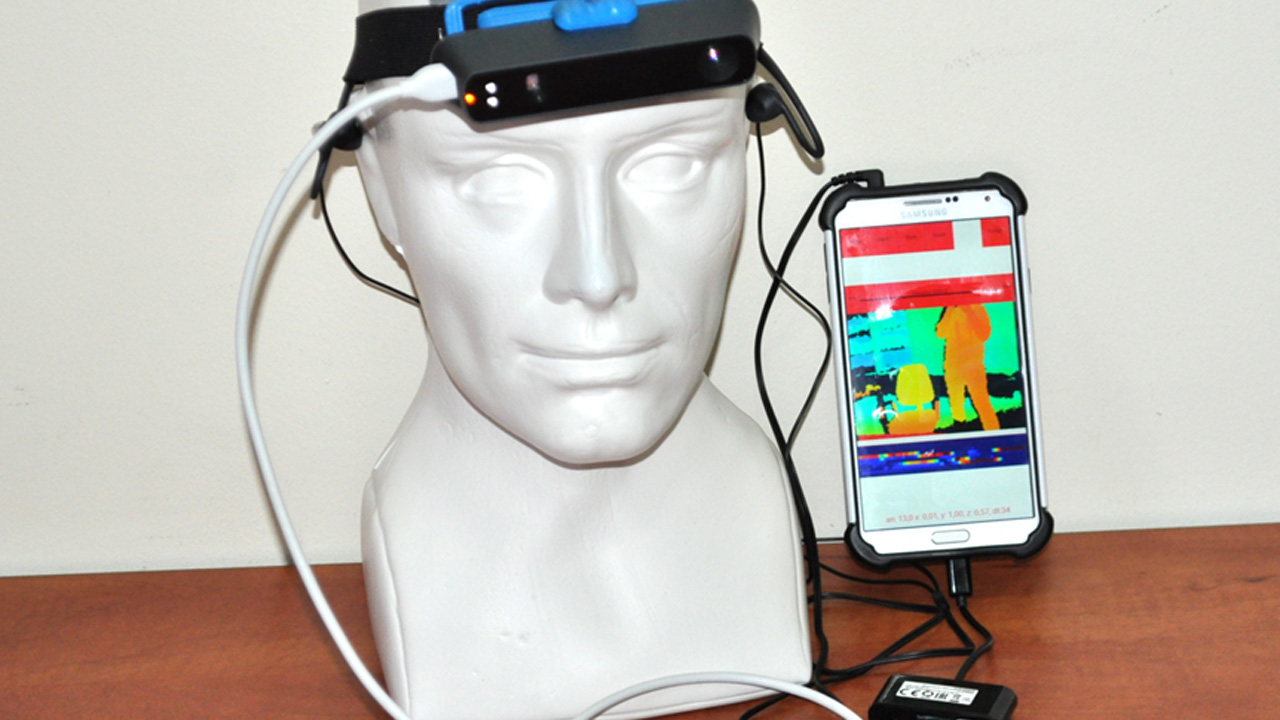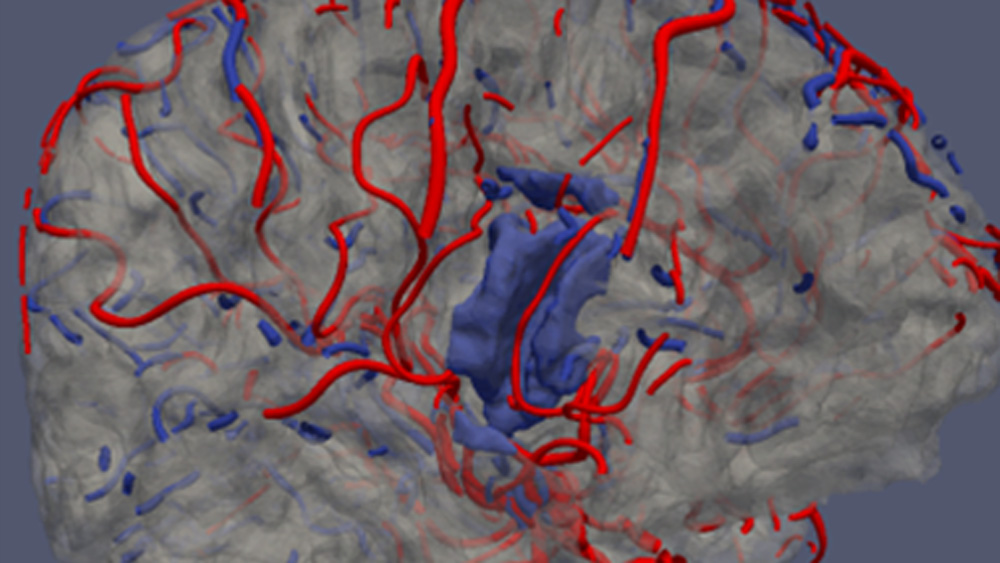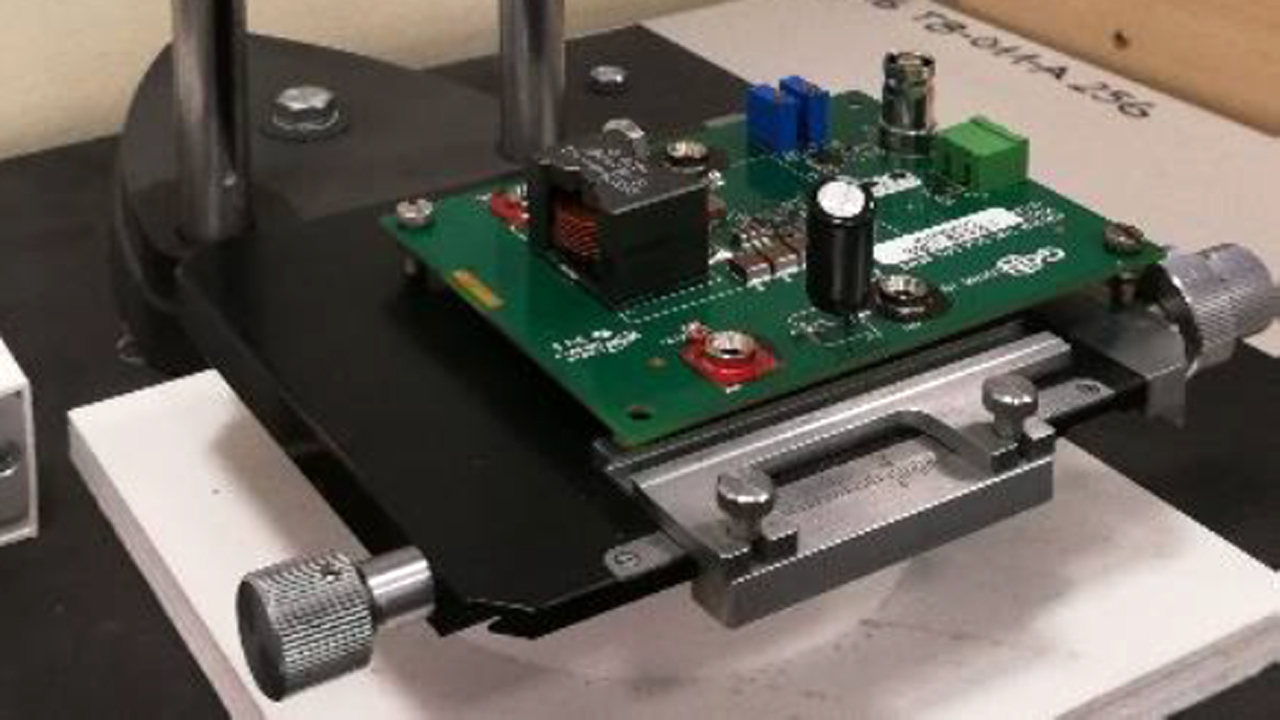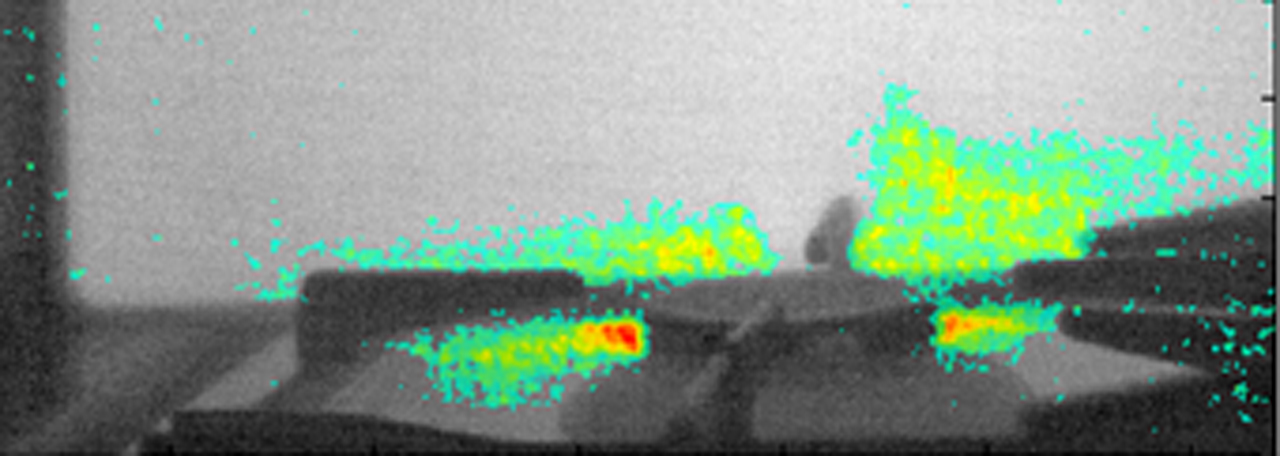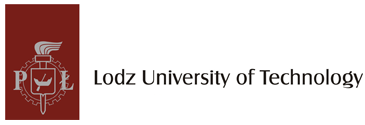Assistive systems for the visually impaired
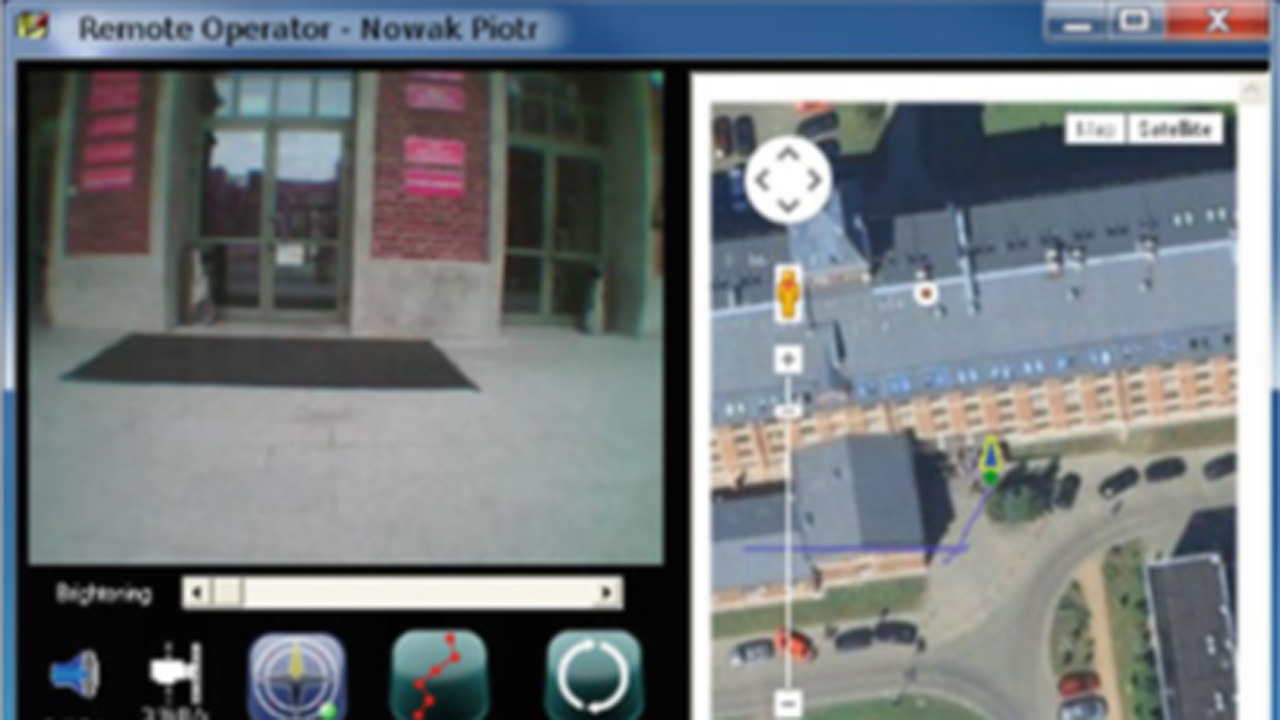
Motivation
Worldwide, there are 314 million of visually impaired and 45 million of them are blind. According to EU reports for every 1000 Europeans 4 are blind or visually impaired. Vision loss is the most serious sensory disability that causes approx. 90% depravation of entire multi sense perception for a human. In spite of a long lasting research efforts independent mobility and orientation aids for the blind still await for a ground-breaking technology that would effectively support visually impaired. No single solution of electronic travel aids has gained a wider acceptance within the blind community. The white cane (with no mounted electronics) still remains the primary travel aid for the blind [1].
- Research directions
Electronic Travel Aids (ETA) is the general term encompassing a large class of assistive devices aiding the blind in mobility [2]. The following functional, rather than technological classification of these assistive devices can be defined: 1) obstacle detectors, 2) environment imagers, 3) orientation & navigation systems. The first two classes of aids are personal (wearable) devices of different technological complexity that scan the environment in from small (ultrasound detectors) to larger ranges (vision based systems). Whereas the third group of aids are systems that compute positioning information and can acquire data from larger scale distributed networks, e.g. sensor networks, digital maps or GPS. In the Institute of Electronics at Lodz University there is a long research record aimed at building ETA mainly as part of the "Naviton" and EU Horizon 2020 "Sound of Vision" project [3].
- Achievements
The key developments that have been achieved during recent years are the following:
- – remote navigation module for the blind – a solution enabling a person located at a remote terminal (stationary or mobile) to guide visually impaired individuals by monitoring transmitted life images of the path in front of the blind traveller
- – public transport information module – employing a server storing on-line information about location of public transport vehicles
- – dedicated applications for smart phones equipped with speech synthesizer – serving as a navigation aid capable of informing the user of nearest points of interest (POIs) and routing pedestrian paths to indicated destinations
- – vision based obstacle detection and navigation module – detecting and warning of the obstacles employing combined electronic technologies (stereovision, inertial sensors, electronic compass, GPS) and spatial audio technology enabling generation of acoustic “images” of the environment
- – a network of radio beacons mounted in urban infrastructure – the network aids the visually impaired in more precise positioning in in-door areas and improves GPS positioning precision outdoors, e.g. locating public transport stops
- – haptic interface – a device allowing to build haptic maps of the environment
- – image sonification – technology applied in a mobile application for presenting graphical data by sounds
Institute of Electronics has also contributed to the success of the success of the Sound of Vision EU project, devoted to building personal navigation aid for the visually impaired
- Perspectives
The ETA prototypes that we have built are still far from being ready solutions for guiding the visually impaired in real-world indoor or outdoor environments. We see these technologies rather as bases for virtual reality or real-world training environments. From our rich interactions with the visually impaired we conclude that that developing an adequate, user-centered scheme for training in efficient use of the ETA is of paramount importance. Our recent work can be accessed at [4].
- Contact persons
- Relevant publications
- [1] Hersh M, Johnson M (2008) Assistive technology for visually impaired and blind people. Springer, London
- [2] Strumillo P., Electronic interfaces aiding the visually impaired in environmental access, mobility and navigation, 3rd International Conference on Human System Interaction, Rzeszow, 2010, pp. 17-24
- [3] Strumillo P. et al. (2018) Different Approaches to Aiding Blind Persons in Mobility and Navigation in the "Naviton" and "Sound of Vision" Projects. In: Pissaloux E., Velazquez R. (eds) Mobility of Visually Impaired People. Springer, Cham
- [4] Skulimowski, P., Owczarek, M., Radecki, A. et al. Interactive sonification of U-depth images in a navigation aid for the visually impaired. J Multimodal User Interfaces 13, 219–230 (2019)

